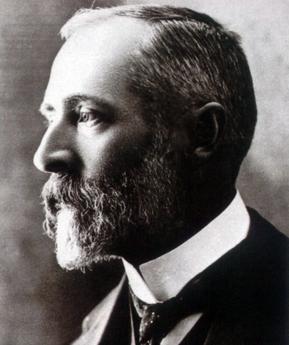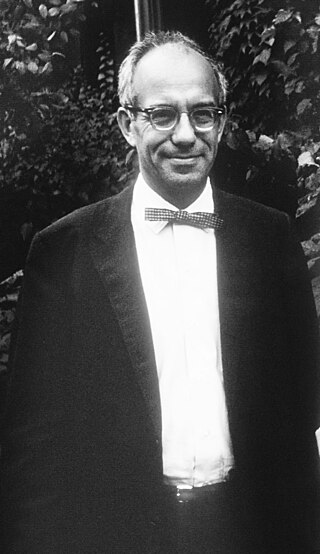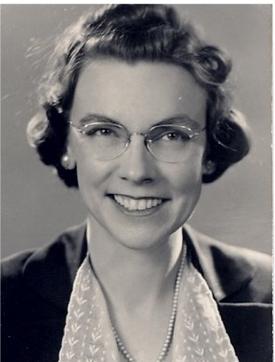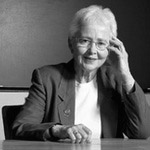
Manitowoc is a city in and the county seat of Manitowoc County, Wisconsin, United States. The city is located on Lake Michigan at the mouth of the Manitowoc River. According to the 2020 census, Manitowoc had a population of 34,626.

Holy Family College was a private Catholic liberal arts college in Manitowoc, Wisconsin. Founded as an academy in 1885 by the Franciscan Sisters of Christian Charity, the college achieved four-year college status in 1935 and was then called Holy Family College. In 1972 the college became separately incorporated from the Franciscan order, and was renamed Silver Lake College. The college announced it is closing in 2020, with the final classes in August 2020. The college was connected through the same Franciscan order to Manitowoc's major hospital, Holy Family Memorial.
The Franciscan Sisters of Christian Charity are a Congregation of Roman Catholic apostolic religious women. The congregation was founded in 1869 in Manitowoc, Wisconsin in the Roman Catholic Archdiocese of Milwaukee, later part of the Roman Catholic Diocese of Green Bay. The sisters have active apostolates in education, health care, spiritual direction, and other community ministries. As of 2021, there are 188 sisters in the community. The FSCC is a member of the Council of Major Superiors of Women Religious, an organization which represents women religious in the United States.

Blessed Jacoba of Settesoli (Italian: Giacoma de Settesoli; 1190–1273? was a follower of the Italian saint Francis of Assisi. She is also called Jacqueline Marie de Settesoli, or Brother Jacoba, as Francis had named her.

Ernest Edward Galpin (1858–1941), was a botanist and banker born in the Cape Colony. He left some 16,000 sheets to the National Herbarium in Pretoria and was dubbed "the Prince of Collectors" by General Smuts. Galpin discovered half a dozen genera and many hundreds of new species. Numerous species are named after him such as Acacia galpinii, Bauhinia galpinii, Cyrtanthus galpinii, Kleinia galpinii, Kniphofia galpinii, Streptocarpus galpinii and Watsonia galpinii. He is commemorated in the genus Galpinia N.E.Br. as is his farm in the genus Mosdenia Stent.

Catherine 'Kate' Furbish was an American botanist who collected, classified and illustrated the native flora of Maine. She devoted over 60 years of her life, traveling thousands of miles throughout her home state and creating very accurate drawings and watercolor paintings of the plants she found.

Emma Lucy Braun was a prominent botanist, ecologist, and expert on the forests of the eastern United States who was a professor of the University of Cincinnati. She was the first woman to be elected President of the Ecological Society of America, in 1950. She was an environmentalist before the term was popularized, and a pioneering woman in her field, winning many awards for her work.

Rolla Milton Tryon Jr. was an American botanist who specialized in the systematics and evolution of ferns and other spore-dispersed plants (pteridology). His particular focus and interest lay in two areas, historical biogeography of ferns and the taxonomy of tropical American ferns.

Rosette Mercedes Saraiva Batarda was a Portuguese botanist and taxonomist who was married to Abílio Fernandes (1906–1994), another Portuguese botanist and taxonomist.

Mary Eugenia Wharton was an American botanist, author, and environmental activist.

Rose Eudora Collom was an American botanist and plant collector. She was the first paid botanist of the Grand Canyon National Park. She discovered several plant species, some of which were named in her honor, and collected numerous plant specimens.

Ada Hayden was an American botanist, educator, and preservationist. She was the curator of the Iowa State University Herbarium, which was renamed the Ada Hayden Herbarium (ISC) in her honour in 1988. During her career, she added more than 40,000 specimens to the herbarium. Her studies and conservation work were particularly important in ensuring the preservation of the tallgrass prairie.
Elizabeth Andrew Warren was a Cornish botanist and marine algologist who spent most of her career collecting along the southern coast of Cornwall. Her goal was to create a herbarium of indigenous plants of Cornwall, and to this end she organized a network of plant collectors for the Royal Horticultural Society of Cornwall and provided numerous specimens to William Hooker at Kew Gardens for his study of British flora.

Eleonora (Nora) Tsolakovna Gabrielian (Gabrielyan) is a Soviet, Armenian born botanist, doctor of biological sciences, professor.

Anne Estelle Patrick, SNJM, was an American Catholic religious sister, theologian, and professor. She was an active member of the Catholic Theological Society of America, the International Network of Societies for Catholic Theology, the Society of Christian Ethics, and the National Assembly of Women Religious.

Hiram Wild was an English botanist who worked in Southern Rhodesia. The standard author abbreviation Wild is used to indicate this person as the author when citing a botanical name.

Emma Jane Cole was an American teacher, botanist, and curator, and the author of Grand Rapids Flora: A Catalogue of the Flowering Plants and Ferns Growing Without Cultivation in the Vicinity of Grand Rapids, Michigan. She was inducted into the Michigan Women's Hall of Fame in 2007.
Marija Edita Šolić, was a Croatian botanist, museum curator and educator. She studied Biokovo's flora and floristic endemism, as well as chorology, systematic-taxonomical issues and conservation possibilities of the Biokovo area.
Ivar Frederick Tidestrom was a Swedish-American botanist. He is best known for his volumes on the flora of the American Southwest.














